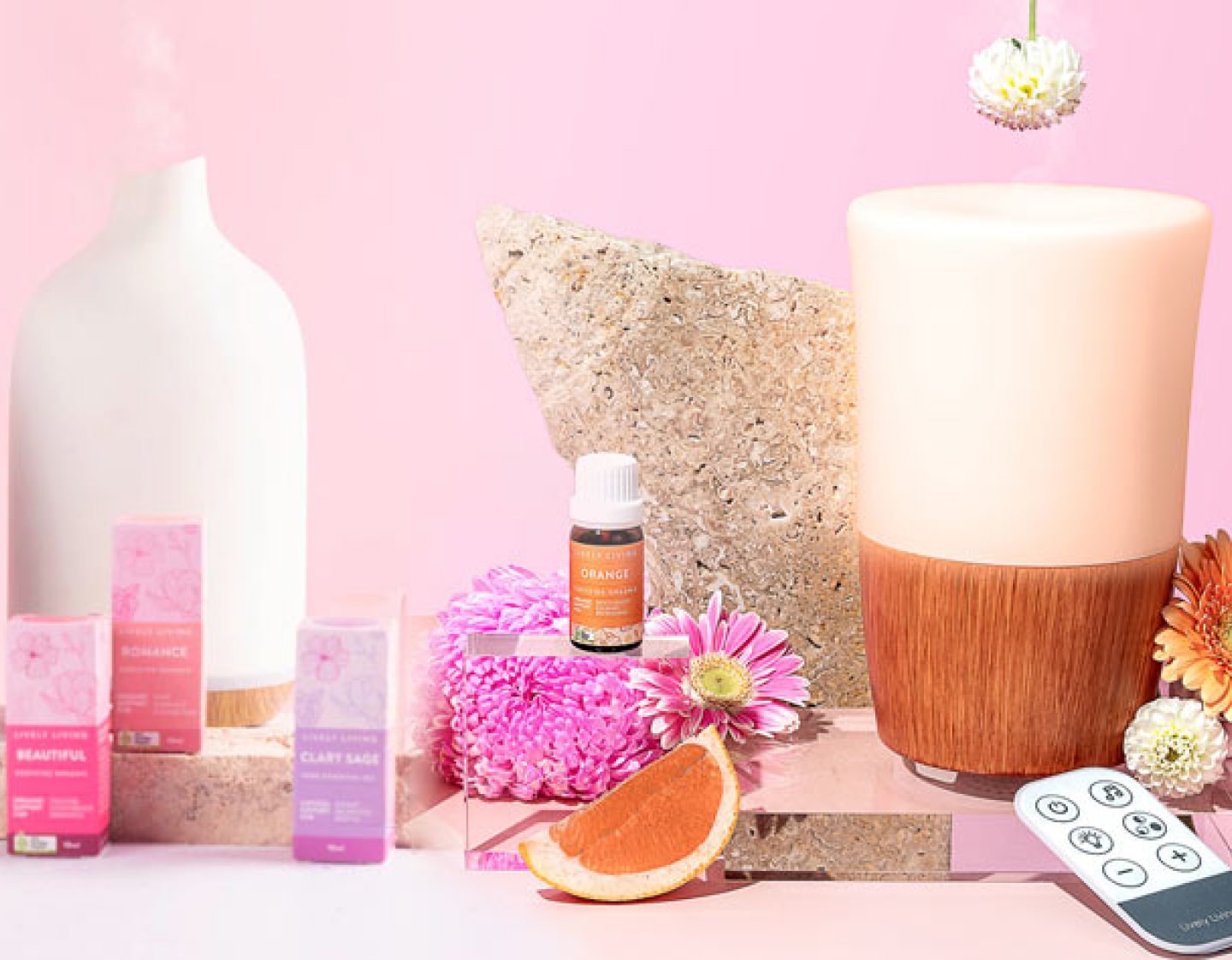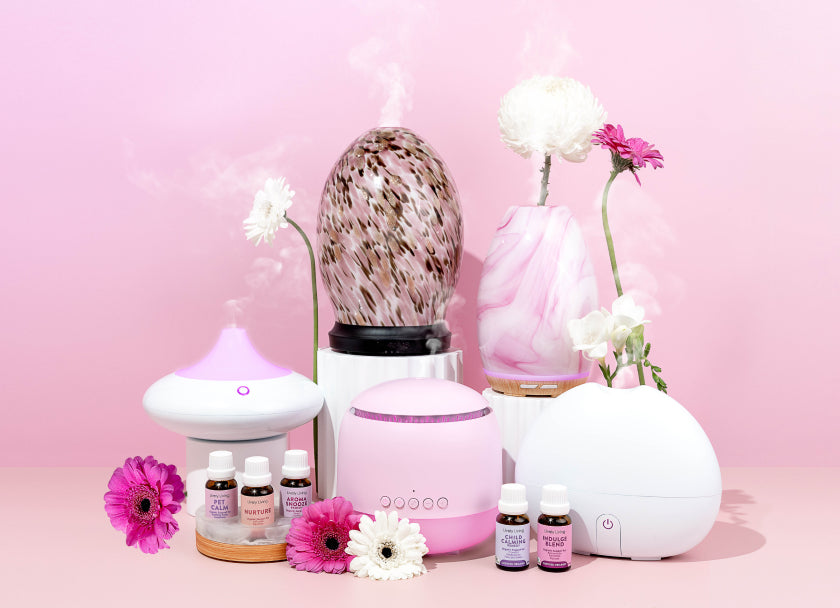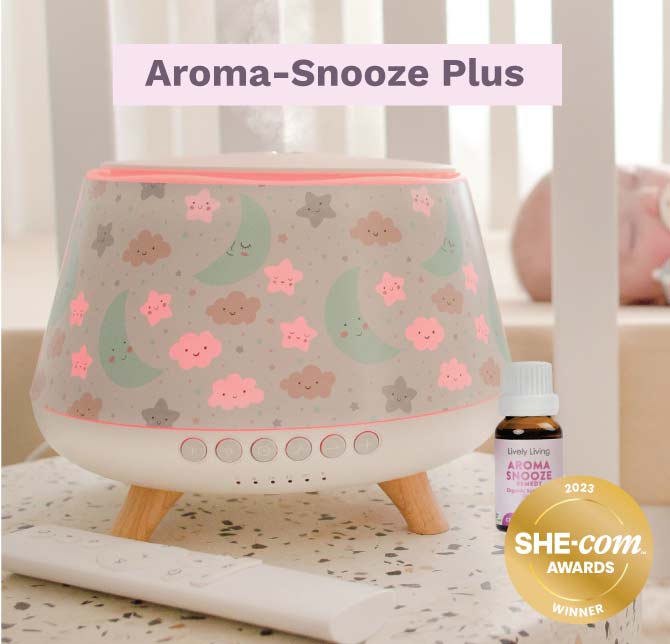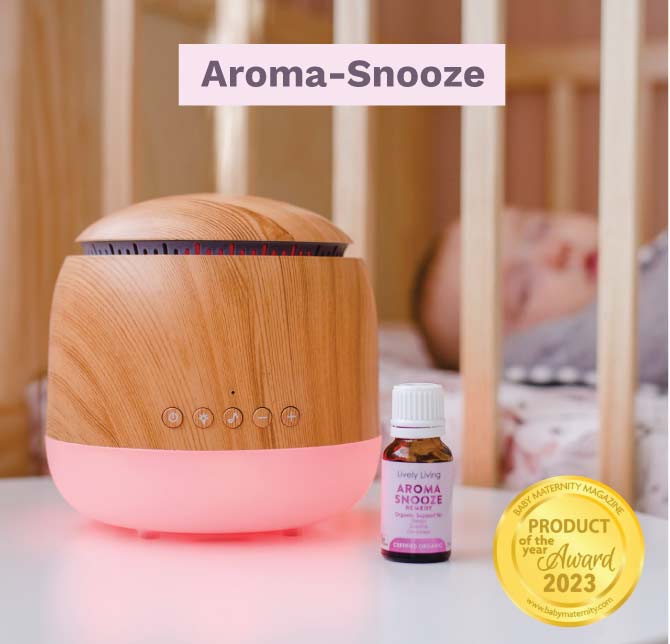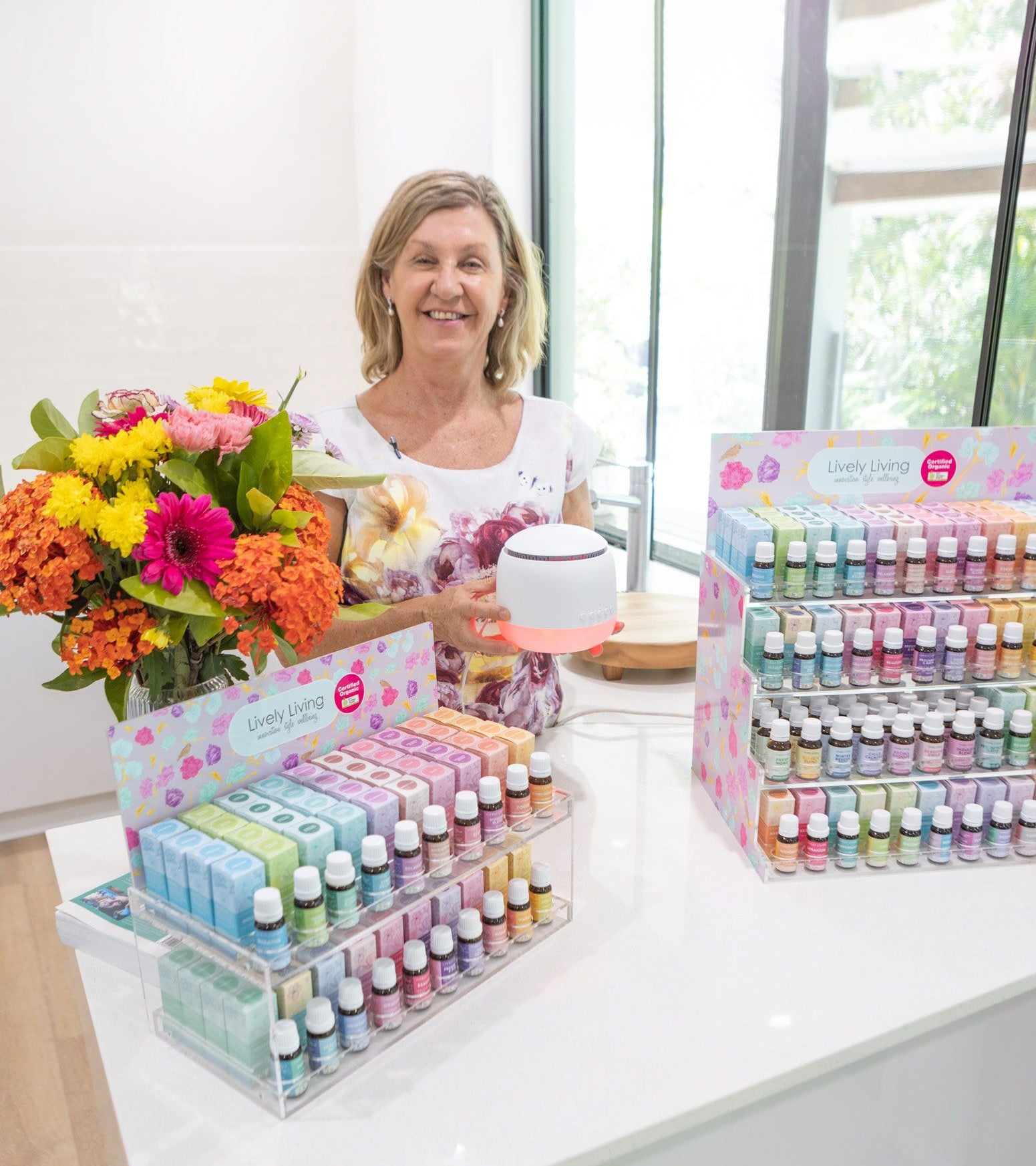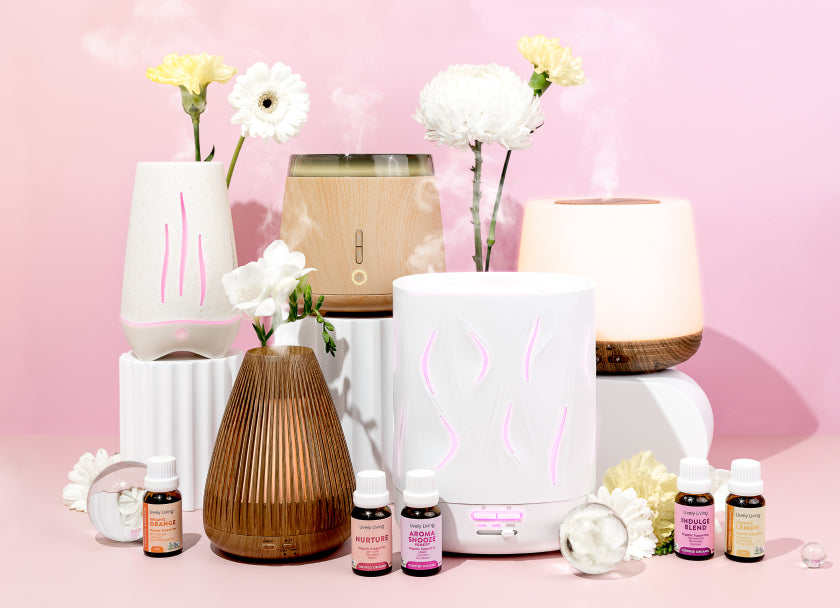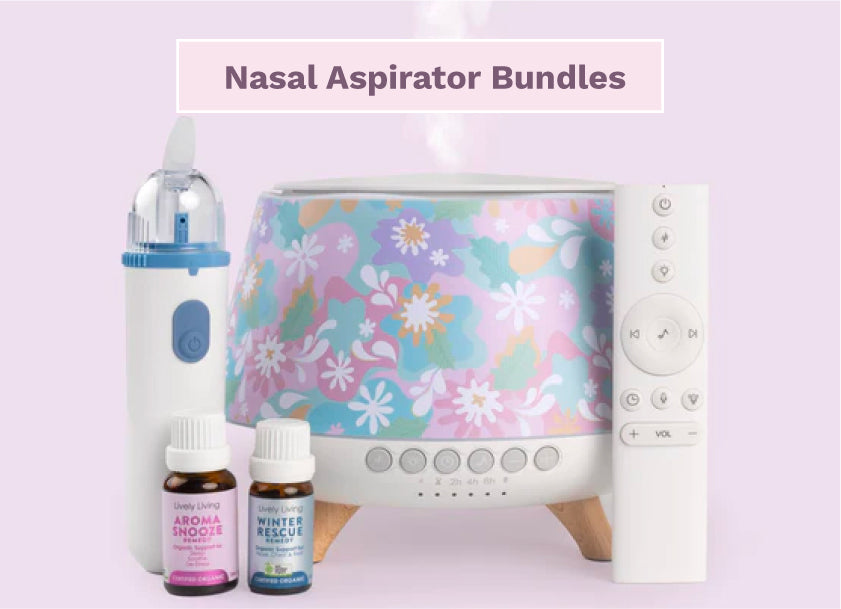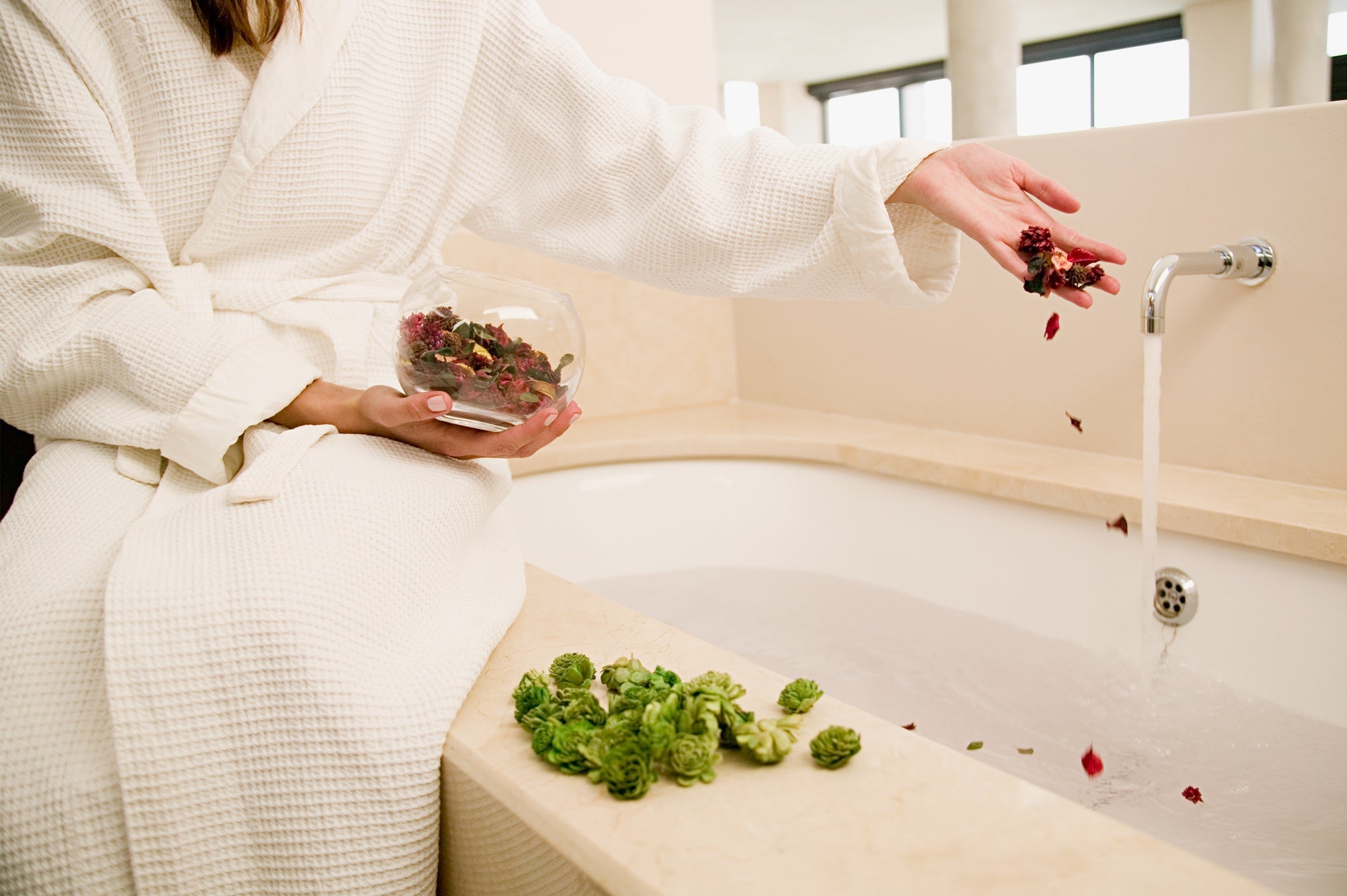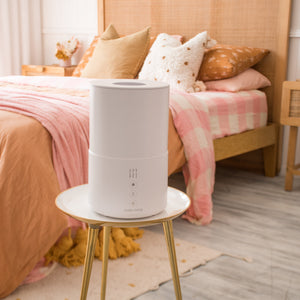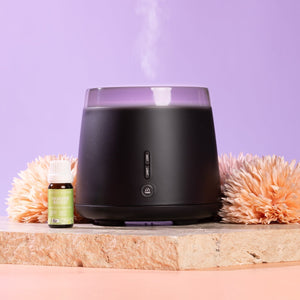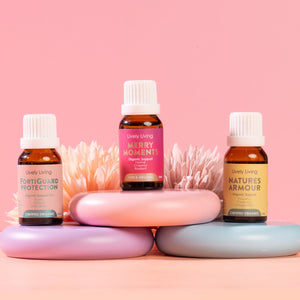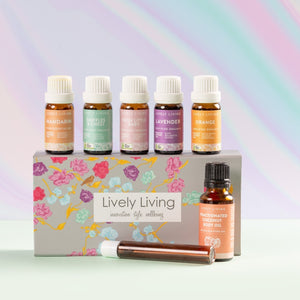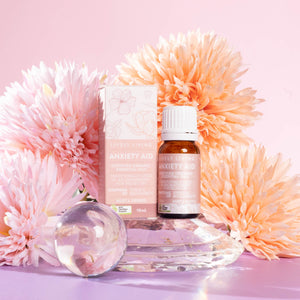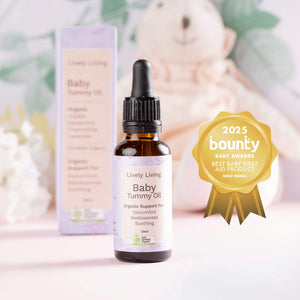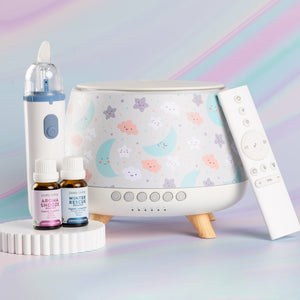Essential Oils Bath Safety: Tips for a Secure Soak
There is almost nothing better than sinking into a warm bath after a long, stressful day. Dropping a little essential oil into the water seems like the perfect way to create a home spa. But you might be making a big mistake, one that could ruin the whole experience and cause skin irritation. Getting your essential oils bath safety right makes the difference between total bliss and painful discomfort.
I learned this the hard way myself during my own essential oil training. I had a big 'aha' moment when I realized I was doing it all wrong based on popular but incorrect online advice. I want to help you avoid that discomfort because understanding how to use essential oils in the bath is simple once you know the basics.
Table of Contents:
- The Biggest Mistake You're Making with Essential Oils in the Bath
- How to Safely Dilute Essential Oils for a Relaxing Soak
- Things People Think Dilute Oils, But Actually Don't
- A Simple Guide to Your Essential Oils Bath Safety Routine
- Essential Oils You Should Never Use in the Bath
- What to Do If You Experience Skin Irritation
- Great Essential Oil Blends for Your Next Bath
- Conclusion
The Biggest Mistake You're Making with Essential Oils in the Bath
You've probably heard it a million times: oil and water do not mix. This simple science lesson is at the very heart of why dripping essential oils straight into your bath is a bad idea. It is easily the most common mistake people make, and it can be a painful one.
When you add essential oil drops directly to your tub, they cannot dissolve in the water. Instead, they form potent little beads that float on the surface. When you get in, these undiluted globules of oil make direct contact with your skin.
This is like applying an essential oil neat, or undiluted, to your body's largest organ. Because the water is warm, your pores are open, making your skin even more absorbent and sensitive. This direct contact can lead to redness, stinging, itchiness, and sometimes even a painful rash resembling a burn.
How to Safely Dilute Essential Oils for a Relaxing Soak
The solution is wonderfully simple: you need to dilute your essential oils before they ever touch the bathwater. This is done by mixing them with a substance that will carry them safely and evenly through the water. This small step is the foundation of using aromatherapy safely in your bath.
Choosing the Right Carrier Oil
A carrier oil is a vegetable oil, often from the nuts or seeds of a plant. Its main purpose is to dilute concentrated essential oils so they can be applied to the skin without causing irritation. There are many fantastic options to choose from, each with its own skin-loving properties.
We recommend Lively Livings Fractionated Coconut Oil which stays liquid and is odorless. Even a good quality olive oil from your pantry in a pinch. These oils not only protect your skin from the potency of the essential oils, but they also add their own moisturizing benefits. Your skin gets a double dose of goodness, making your bath a truly nourishing experience.
Jojoba oil is another great choice because its composition is very similar to the oils our skin produces naturally, making it easily absorbed. Sweet almond oil is another popular option, full of Vitamin E and very gentle on the skin. Apricot kernel oil and grapeseed oil are also light, absorb easily, and are great for most skin types.
| Carrier Oil | Best For Skin Type | Absorption Rate | Natural Scent |
|---|---|---|---|
| Jojoba Oil | All skin types, including oily and acne-prone. | Fast | Faint and nutty. |
| Sweet Almond Oil | Dry and sensitive skin. | Medium | Slightly sweet and nutty. |
| Fractionated Coconut Oil | All skin types, especially for body application. | Fast | Odorless. |
| Grapeseed Oil | Oily and acne-prone skin. | Very Fast | Very light, almost none. |
The Correct Dilution Ratio
Knowing how much to use is just as important as what to use. The Tisserand Institute, a leading voice in aromatherapy safety, provides clear guidelines for bath dilution. Following their advice helps you enjoy the benefits without the risks.
They recommend a dilution of 1 to 4 percent for a bath. This translates to about 5 to 20 drops of essential oil for every one tablespoon of carrier oil. For most people, starting on the lower end with 5-10 drops is plenty to get the aromatic benefits without any issues.
Remember that adding any kind of oil to your tub can make it slippery. Please be careful when you're getting in and out of the bath to avoid a fall. A little caution goes a long way in keeping your relaxing ritual safe.

Things People Think Dilute Oils, But Actually Don't
This is where a lot of popular online advice goes wrong. You might see recipes for bath salts or milk baths that tell you to add essential oil drops directly to the salt or milk. Unfortunately, this does not solve the dilution problem at all.
Here are some common ingredients that will not properly dilute essential oils in water:
- Epsom salts or any other bath salt.
- Baking soda.
- Cow's milk or plant-based milks like oat or almond.
- Aloe vera gel.
- Glycerin.
- Honey.
Why don't these work? They are all water-soluble, which means they dissolve in the water. As your beautiful bath salts or milk powder dissolves, they release the essential oils to once again float undiluted on the surface. This puts you right back at square one with the risk of skin irritation.
If you want to make therapeutic bath salts, there's a proper way to do it. First, mix your essential oils thoroughly into your carrier oil. Then, add that oil mixture to your salts and stir it all together until the salts are evenly coated. This way, the essential oils are safely suspended in the carrier oil as the salts dissolve in the water.
A Simple Guide to Your Essential Oils Bath Safety Routine
Creating a safe and amazing essential oil bath is easy when you have a solid routine. This simple step-by-step process will help you get it right every single time. It takes just a minute extra and makes all the difference for a pleasant experience.
Here's how you can prepare your next aromatic soak:
- First, fill your bathtub with water at your desired temperature. This seems obvious, but adding your oils too early is a common mistake. If you add your blend while the water is still running, much of the beautiful aroma from volatile oils will just evaporate with the steam before you can enjoy it.
- While the tub is filling, select the essential oils you want to use. Think about what your goal is for this bath. Do you need to relax your mind, soothe sore muscles, or lift your spirits?
- In a small, non-plastic bowl, mix your essential oil blend with one tablespoon of your favorite carrier oil. Use between 5 and 20 drops total of essential oil for a standard adult bath. Give it a gentle swirl to make sure it is fully combined.
- Once the tub is full and you are ready to get in, add your oil mixture to the water. Swish it around a bit with your hand to help it disperse. You can also apply the mixture directly to your skin before stepping into the water for even more moisturizing benefits.
By adding your blend last, you get the most aromatic impact from your oils. This little ritual becomes a calming part of your self-care practice. It signals to your mind and body that it is time to unwind and let go of the day's stress.
Essential Oils You Should Never Use in the Bath
Just because an oil smells good does not mean it belongs in your tub. Some essential oils, known as 'hot' or sensitizing oils, are natural skin irritants. In warm water and on sensitive skin, they can cause some serious discomfort and ruin your bath.
Baths have been shown to have health benefits like reducing stress, and you do not want to counteract that with the wrong oil choice. It is best to completely avoid these oils for bathing purposes. They are often much better suited for diffuser use in an open room.
Oils high in certain chemical compounds like phenols (found in Clove and Oregano) or aldehydes (in Cinnamon) are particularly harsh on the skin. Here is a list of common essential oils to keep out of your bath:
- Cinnamon (bark or leaf)
- Clove
- Oregano
- Thyme (except linalool chemotype)
- Lemongrass
- Peppermint
- Basil
- Black Pepper
- Wintergreen
- Nutmeg
Peppermint might be surprising to some, but it can create a very intense cooling sensation on sensitive areas that can feel like burning. Wintergreen is high in methyl salicylate and can cause strong reactions. Always play it safe and stick to gentle, skin-friendly oils for your soak.
What to Do If You Experience Skin Irritation
Even with careful planning, accidents can happen. If you get into a bath and start to feel stinging, burning, or itching, it is important to act quickly to minimize the irritation. Do not panic; just follow these simple steps.
First, get out of the tub immediately. Do not try to rinse the oil off with more bath water, as this will just spread the undiluted oil over more of your skin. Head to the shower if you can.
Next, wash the affected area gently with a mild soap and water to help remove the oils from your skin's surface. After washing, pat the area dry. Then, apply a generous amount of a plain carrier oil like jojoba, olive, or almond oil to the irritated spot. This helps to further dilute the potent essential oil that has already absorbed into the skin and can provide some relief.
If the reaction is severe, persistent, or you experience any signs of an allergic reaction like hives or difficulty breathing, please seek medical advice. It is always better to be cautious. Most minor irritations will calm down quickly with these steps.
Great Essential Oil Blends for Your Next Bath
Now for the fun part. Creating your own blends is a creative and personal process. Do not worry about getting it perfect. The best blends are the ones that smell wonderful to you and help you meet your wellness goal.
Here are a few classic combinations to get you started. Just remember to mix these drops into a tablespoon of carrier oil before adding them to your tub.
For De-Stressing
This is a classic combination for melting away the tension of a long day. The floral scent of lavender is famous for its calming properties. Bergamot adds a hint of citrusy brightness that helps lift the mood, while Clary Sage adds an earthy, herbaceous note that promotes tranquility.
Try mixing 4 drops of Lavender, 3 drops of Clary Sage, and 2 drops of Bergamot. It is like a peaceful meadow in your bathtub. This blend is perfect right before bed to help prepare you for a restful night's sleep.
For Soothing Sore Muscles
Studies have shown baths can help with alleviating muscle aches, especially after a tough workout. Certain essential oils can add to this effect. Marjoram is especially good for aches and pains, while Juniper Berry can help with fluid retention.
For a muscle-soothing blend, combine 5 drops of Lavender, 3 drops of Marjoram, and 2 drops of Juniper Berry. This combination feels warming and comforting on tired limbs. You will feel much more relaxed when you get out.
For a Mood Boost
Sometimes you need a bath that does not put you to sleep, but instead energizes you. Bright, citrusy, and herbal scents are perfect for this purpose. This blend is great for a morning bath or a mid-afternoon pick-me-up when you are feeling sluggish.
Mix together 4 drops of Sweet Orange, 3 drops of Lemon, and 2 drops of Rosemary. The combination is clean, fresh, and invigorating. It can help clear your mind, sharpen your focus, and give you a fresh start.
For Mental Clarity
When your mind feels foggy or cluttered, a bath can be a great place to reset. This blend uses oils known for their ability to promote focus and clear thinking. It is perfect when you need to study or work on a creative project.
Combine 4 drops of Lemon, 3 drops of Rosemary, and 2 drops of Frankincense. Lemon is uplifting, Rosemary is known for improving memory and concentration, and Frankincense provides a grounding, meditative base. This blend helps you emerge from the bath feeling centered and sharp.
Conclusion
An essential oil bath should be a relaxing, luxurious treat you give yourself. It is a small act of self-care that can have a big impact on your well-being. That can only happen if you practice essential oils bath safety every time.
By remembering that oil and water do not mix, you are already on the right track. Always use a carrier oil to dilute your essential oils, and choose oils that are gentle on the skin. Following these simple steps lets you enjoy all the benefits without any of the risks.
Now you can soak in peace, knowing you are taking care of your body and mind in the best way possible. Your new bath ritual can be a safe and beautiful part of your wellness routine. You have all the information you need to do it right.

